Is Your iPhone's Bluetooth Not Working? 10 Easy Ways To Fix It
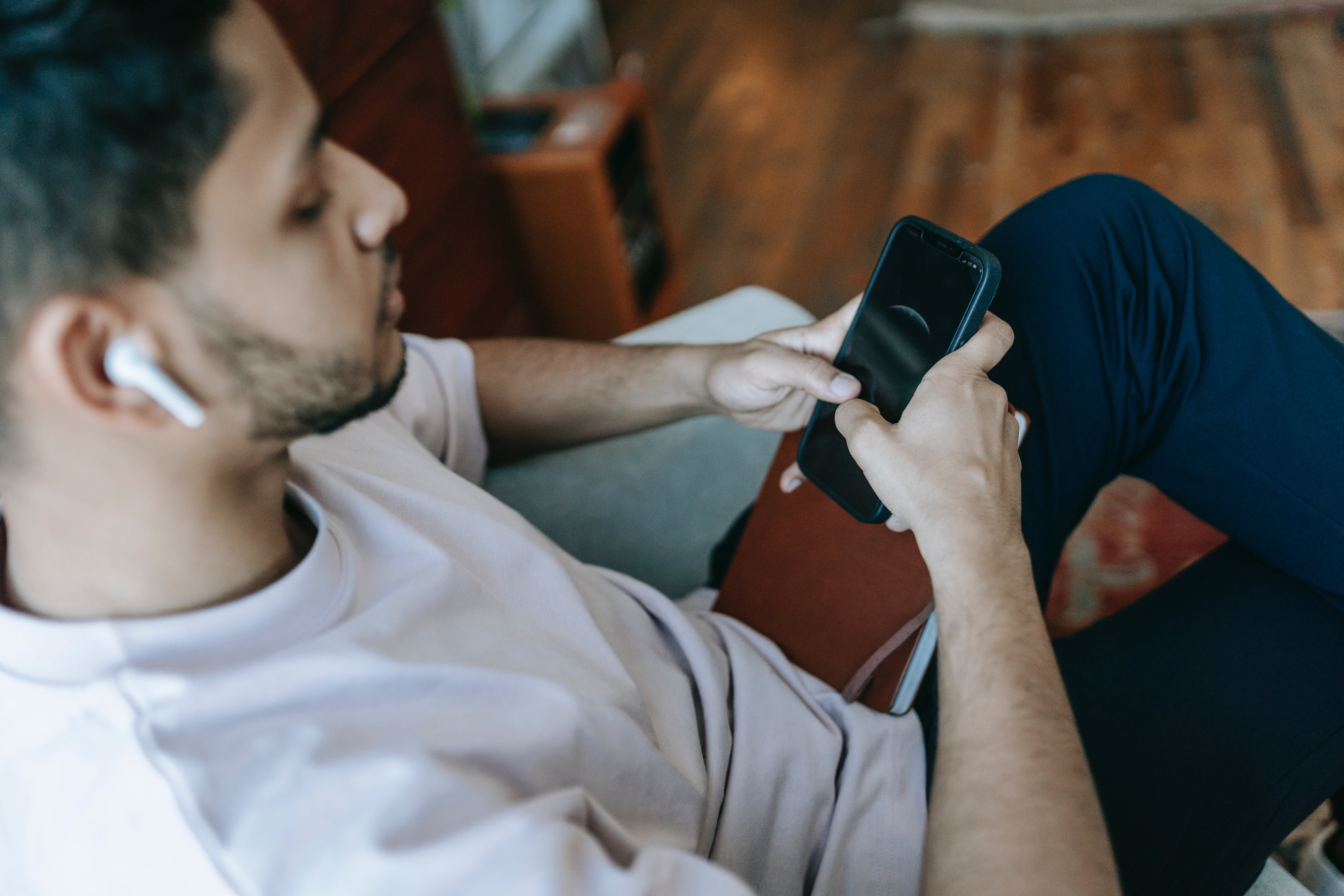
Have you ever found yourself in a situation where your iPhone’s Bluetooth wasn’t working? Bluetooth is a really useful feature of the iPhone, but only when it’s working properly.
Not being able to connect to your wireless Bluetooth headphones or to another accessory can certainly be frustrating—especially if it’s paired with your vehicle to navigate directions while on the road.
There are many ways to fix your iPhone’s Bluetooth connection in the instance that it’s not working or won’t pair with an accessory. In this blog, we’ve highlighted 10 easy ways to troubleshoot this issue, from using a manual connection, to updating your iOS software, contacting Apple Support, and more.
iPhone’s Bluetooth Not Working: Here Are 10 Ways To Fix It
If your iPhone or iPad won’t connect to an accessory, such as wireless Bluetooth headphones, a smart speaker, your car stereo, or other device, don’t fret! Here are 10 ways to fix it:
1. Ensure Proximity to Bluetooth Device
It may seem self explanatory, but if your iPhone isn’t close enough to the Bluetooth device or accessory you want to connect to, then It may not work. Keep in mind that the range of a Bluetooth connection is approximately 30 feet. Be sure to move your Bluetooth device away from materials such as metal, concrete, and brick, as they could act as barriers.
2. Turn On/Off Bluetooth
This is an easy way to fix most Bluetooth issues on your iPhone and iPad. Simply toggle the Bluetooth button on and back off again. Here’s the first way to do this:
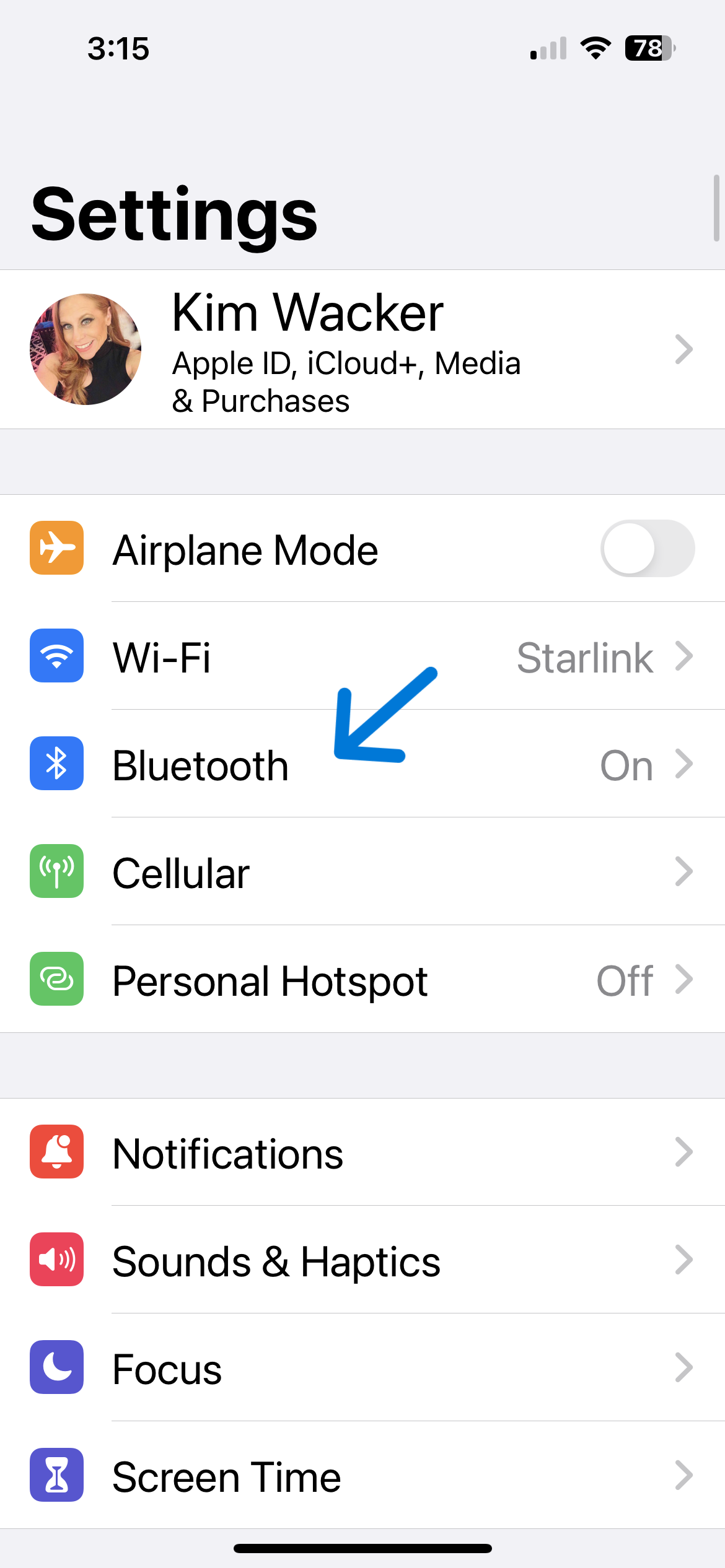
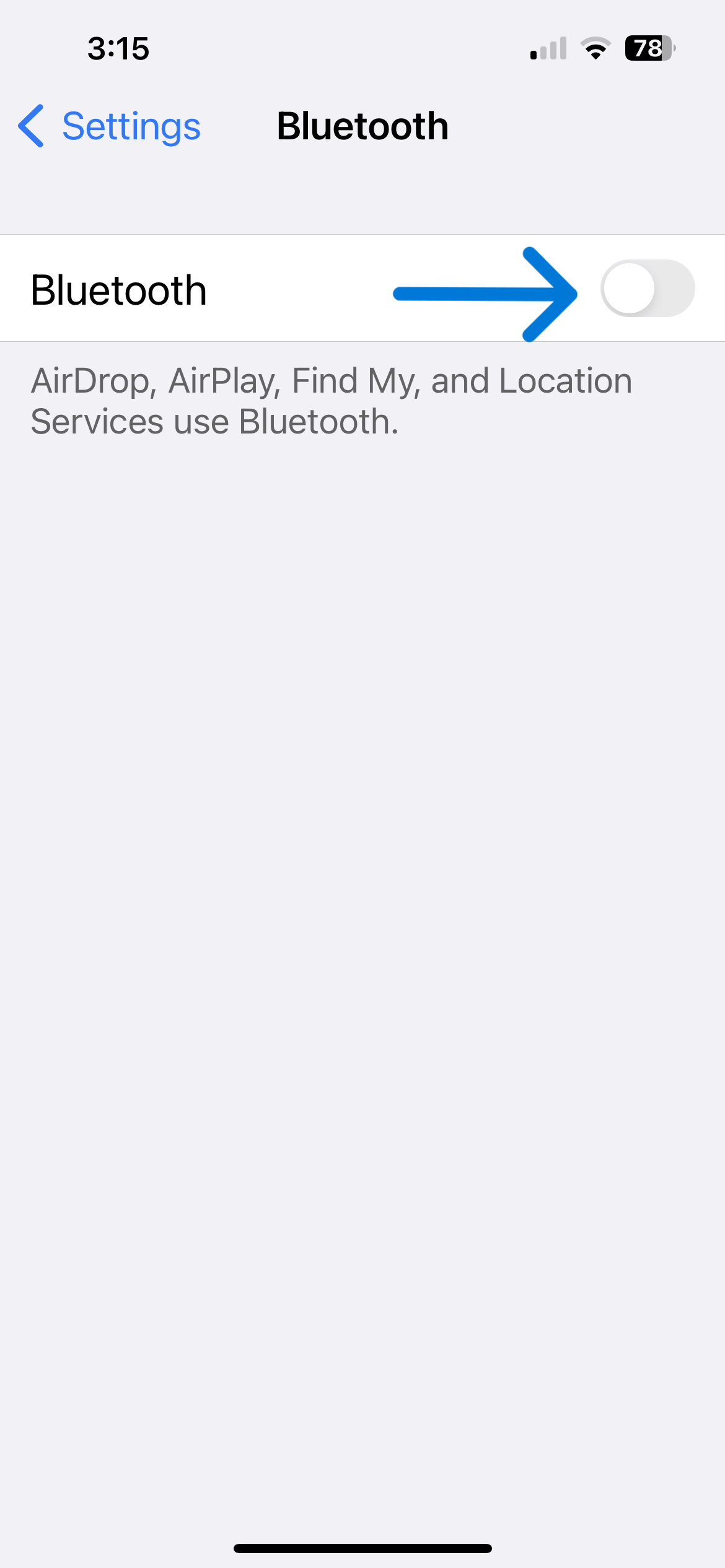
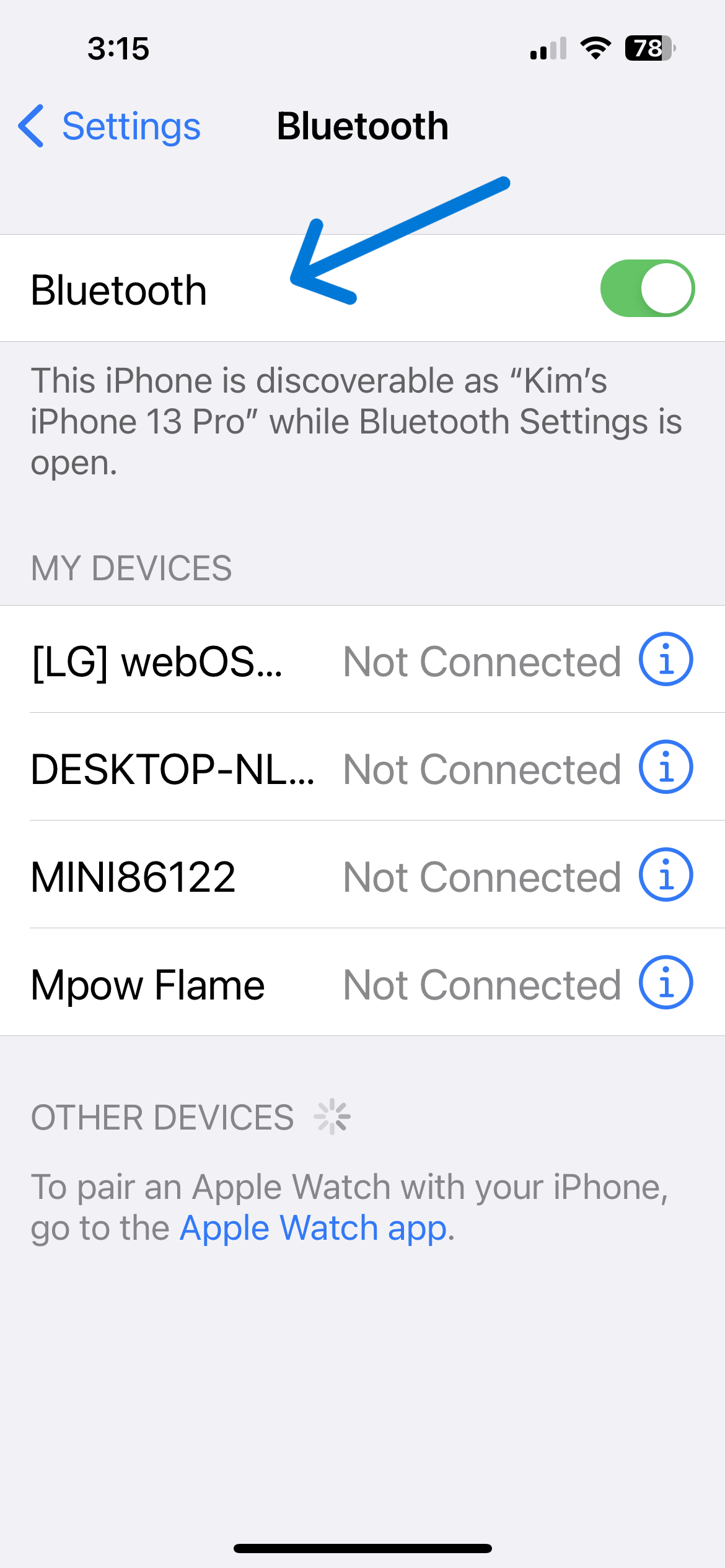
- From the Settings app, select Bluetooth.
- Tap the icon to toggle Bluetooth off. Note: The icon will turn white/clear when Bluetooth is turned off.
- Tap the Bluetooth icon again to enable it. The icon will turn green when Bluetooth is turned back on.
Here’s the second way to do this:
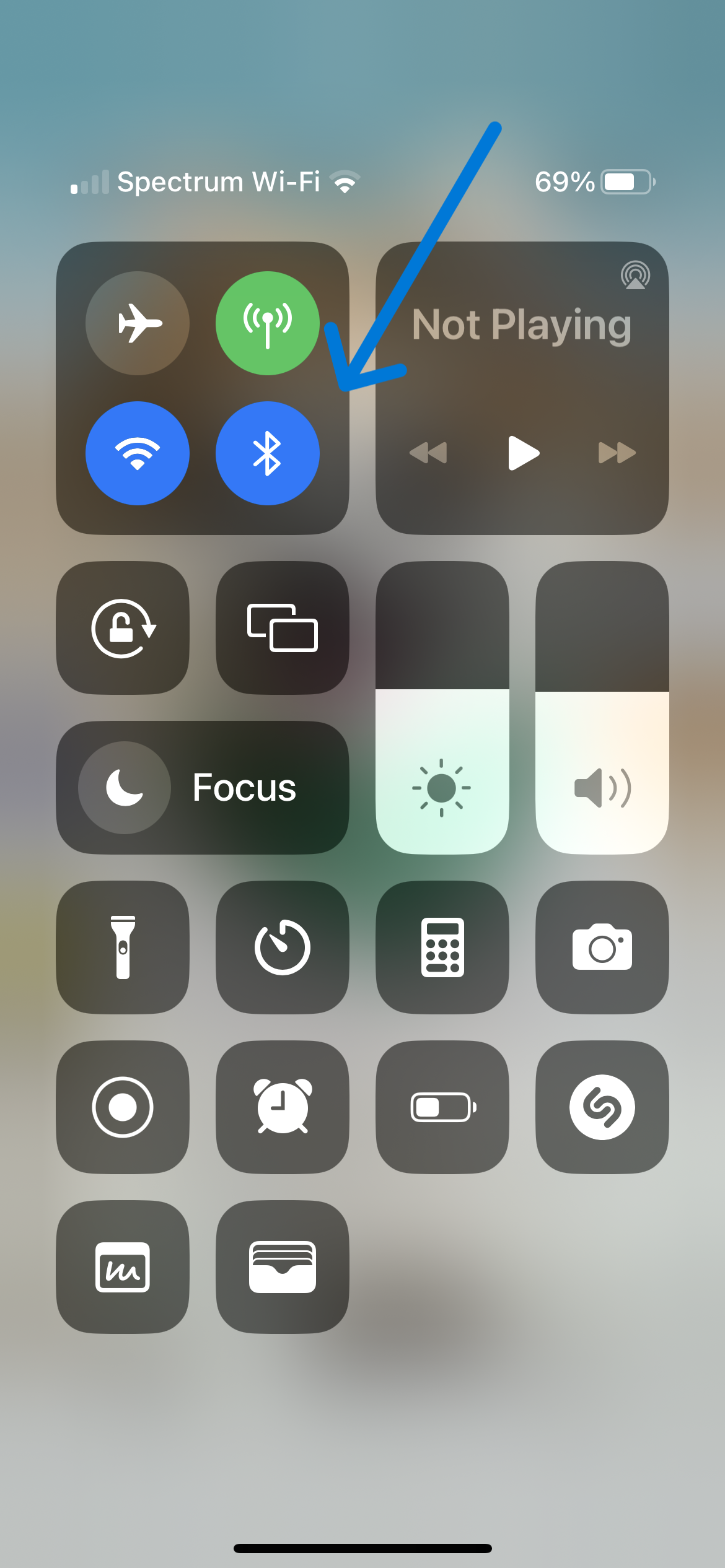
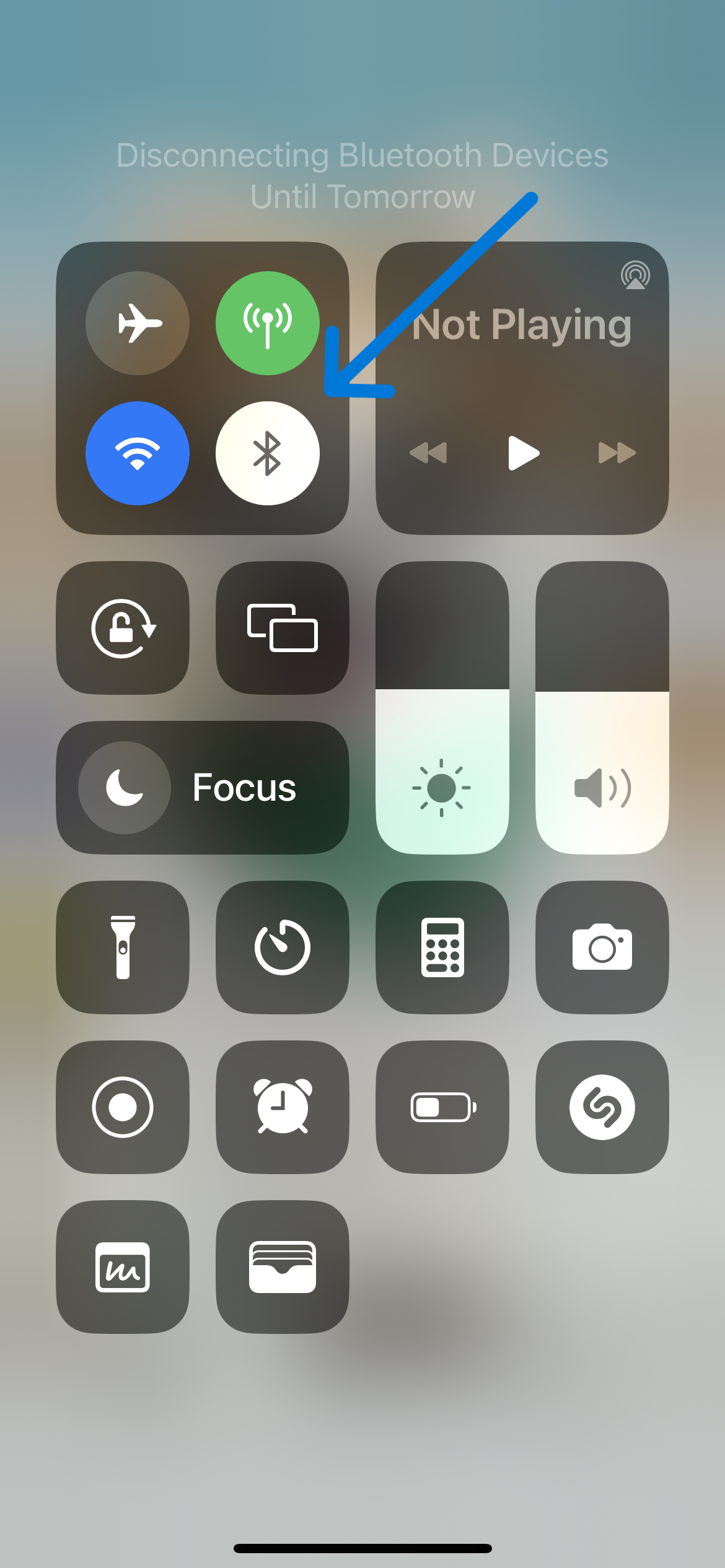
- Locate the Bluetooth icon in the top-left section of the Control Center or in the Settings app.
- Tap the icon to toggle Bluetooth off. Note: The icon will turn white/clear when Bluetooth is turned off.
- Tap the Bluetooth icon again to enable it. The icon will turn blue when Bluetooth is turned back on.
3. Use Manual Connection
In some cases, you may need to manually connect and pair your devices. You can do this from the iPhone Settings app, following this pairing process:
- First, ensure your Bluetooth device or accessory is fully charged and powered on.
- Most Bluetooth accessories come with instructions for putting it in pairing mode. Follow the instructions to do this on your device.
- From your iPhone or iPad, go to Settings > Bluetooth.
- From Bluetooth settings, tap the name of the accessory you want to pair with from the list of devices.
- If the particular device is paired correctly, the Settings app should say Connected next to your Bluetooth accessory.
4. Forget a Device and Pair Again


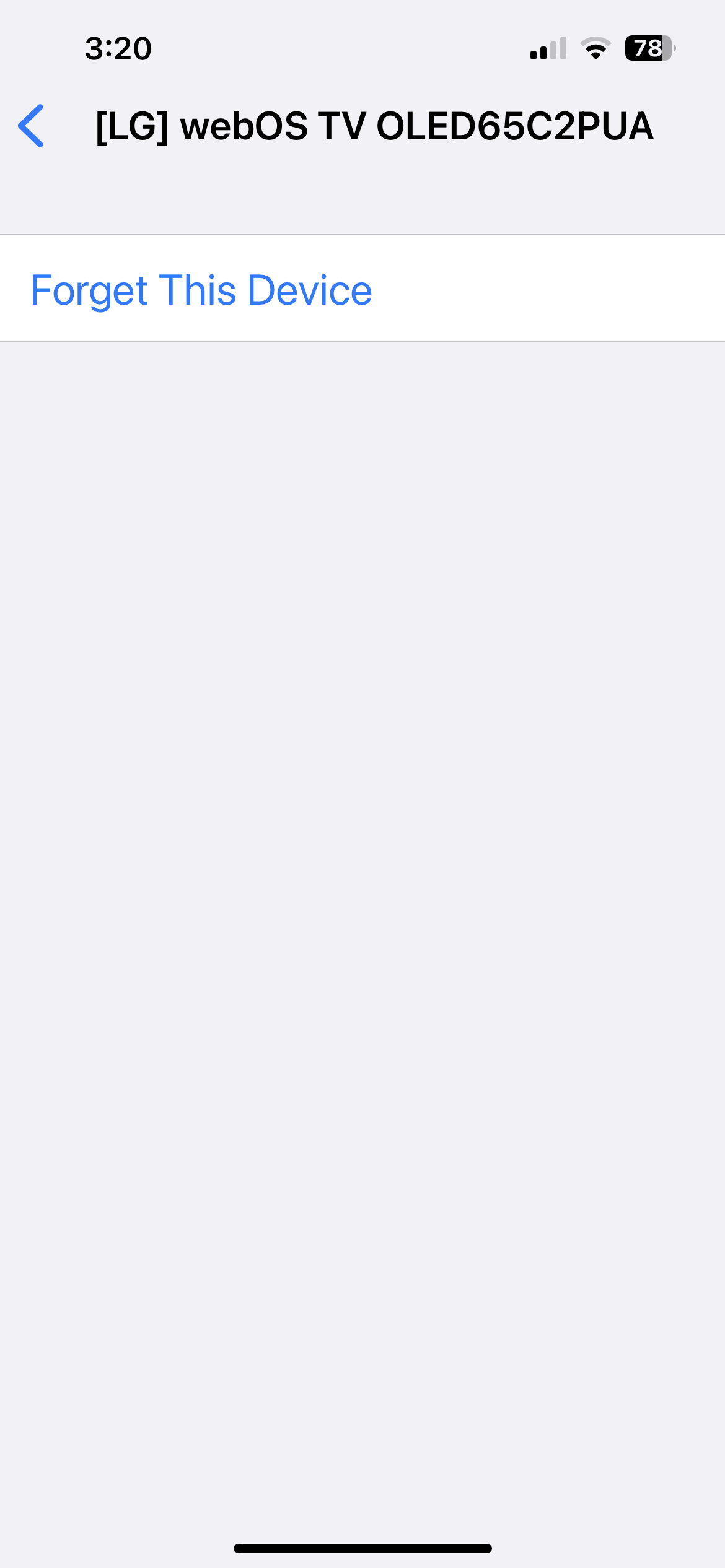
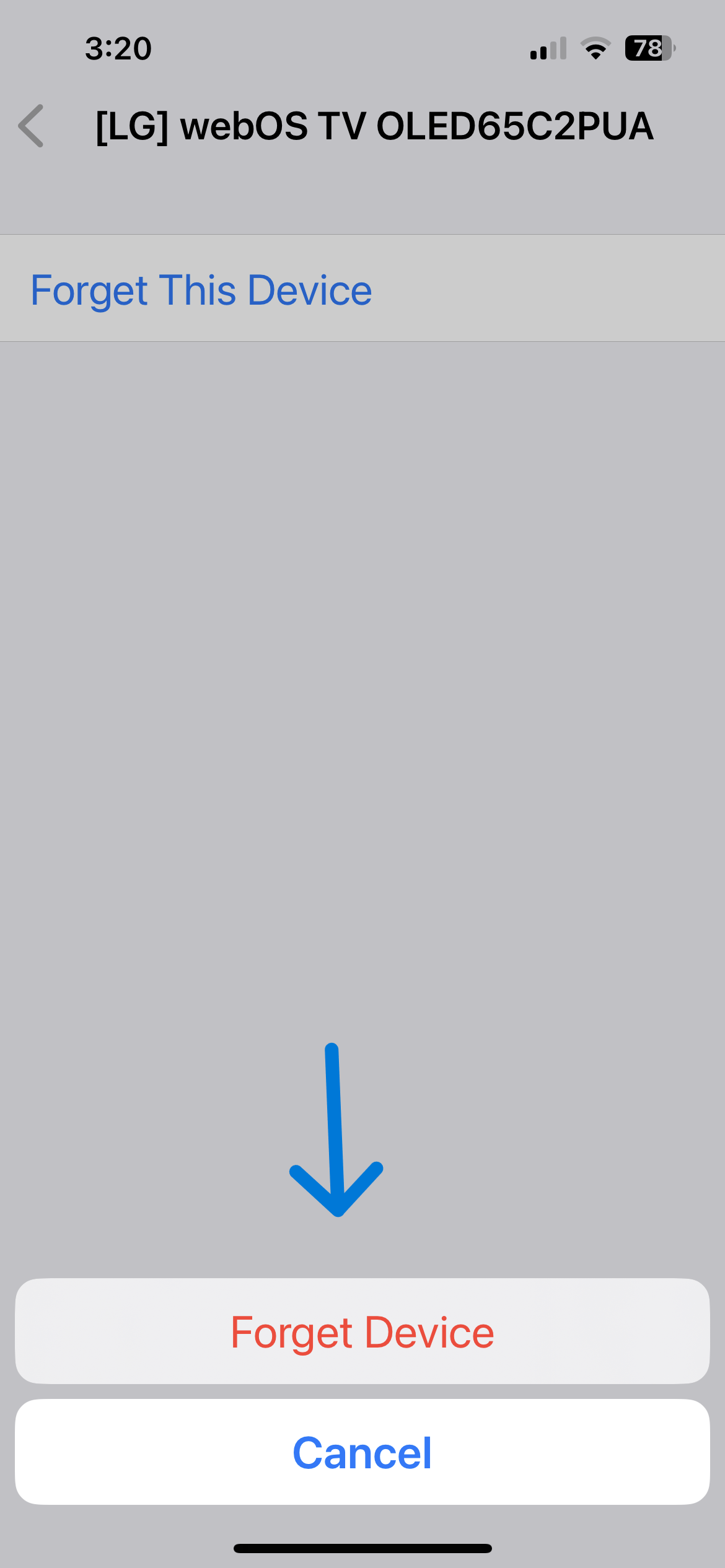
In the event that your iPhone or iPad won’t connect with a Bluetooth accessory that it has paired with in the past, it will still remember the information from when it was last connected. If not, it may be necessary to delete this data and tell your device to forget the Bluetooth accessory. Here’s how:
- From your iPhone or iPad, go to Settings > Bluetooth.
- Once in the Bluetooth menu, tap the “i” icon next to a Bluetooth accessory to disclose data about it.
- Then tap Forget This Device.
- Finally, confirm you want to Forget Device.
5. Restart the Connecting Device and iPhone
When in doubt, a great troubleshooting tip for most electronic issues is to restart the device and try again. In this case, you’ll want to restart your iPhone, iPad, and/or your Bluetooth accessory.
To restart your Apple device, simply press and hold the Side button with either one of the Volume buttons, then slide to power off the device. In the instance that your device has a Home button, you only need to hold the Side button to power off.
After powering off, wait 30 seconds before restarting your device and follow the instructions to restart your Bluetooth accessory.
Related: How To Change The Name of Your iPhone
6. Delete Other Devices from Bluetooth
In some cases, the issue may be that you have too many devices connected to Bluetooth, and your iPhone or iPad may not know which accessory to connect to. Here’s how to delete any devices that you’re no longer using:
- From the Settings app, select Bluetooth.
- Tap on all the devices you want to disconnect (if you’ll never use the device again, tap on the “i” button on the right.)
- Select Forget This Device.
7. Update iOS Software
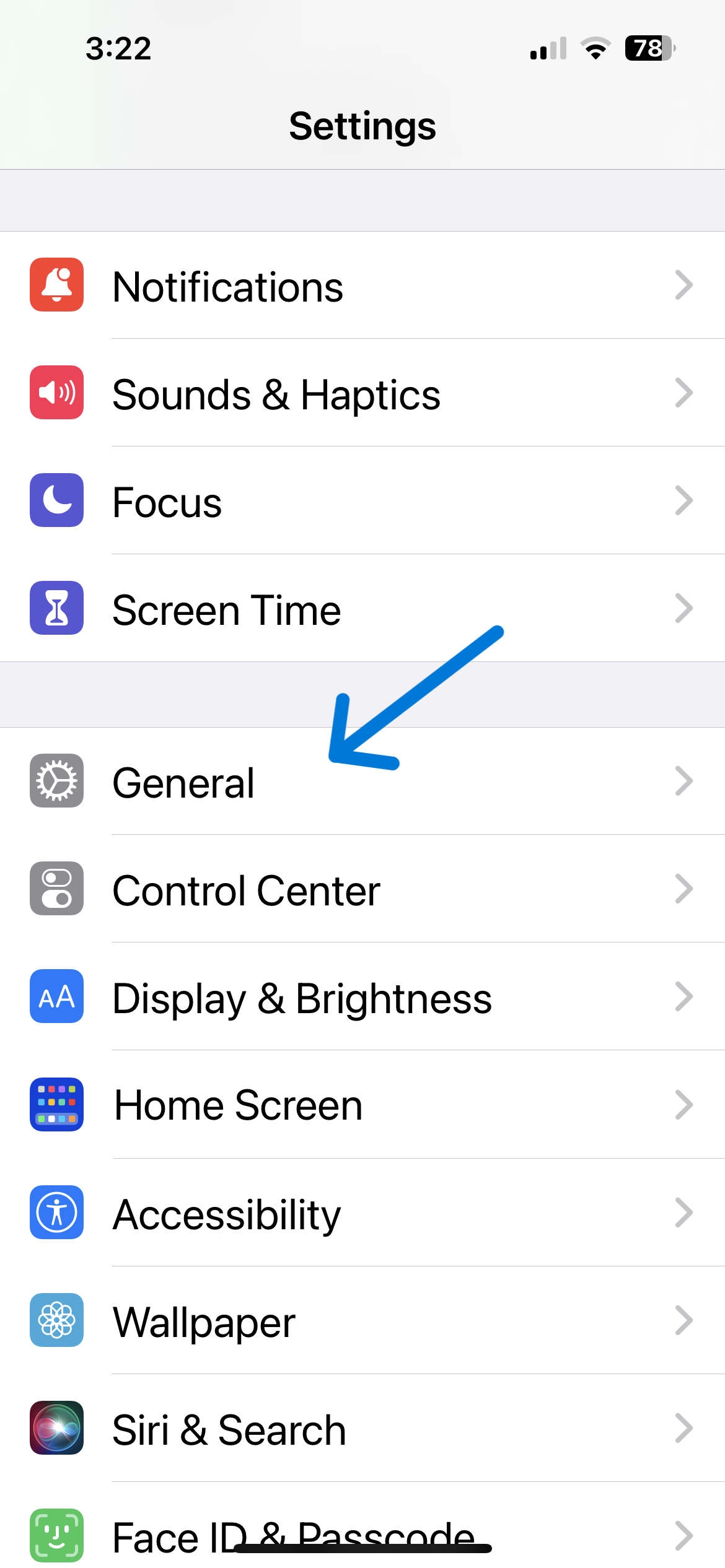
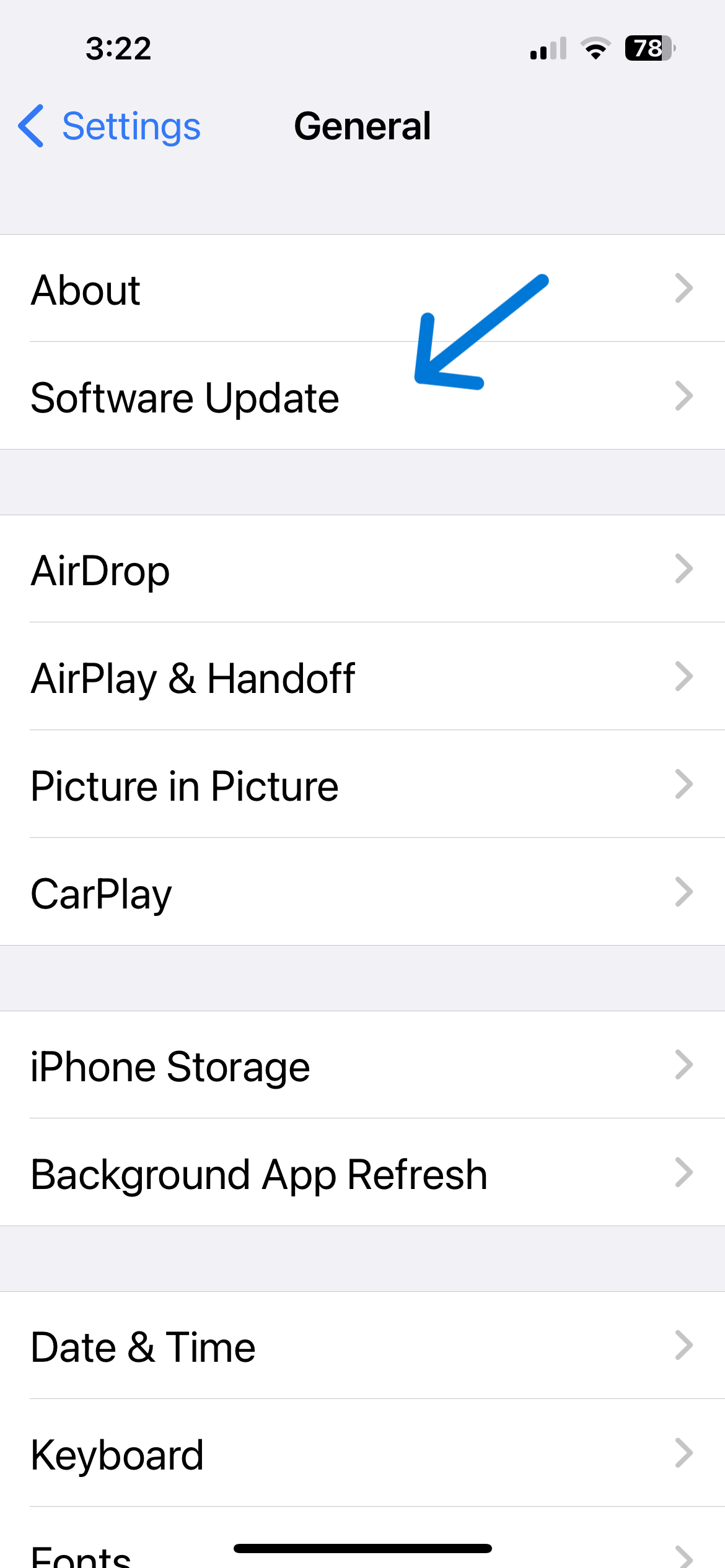
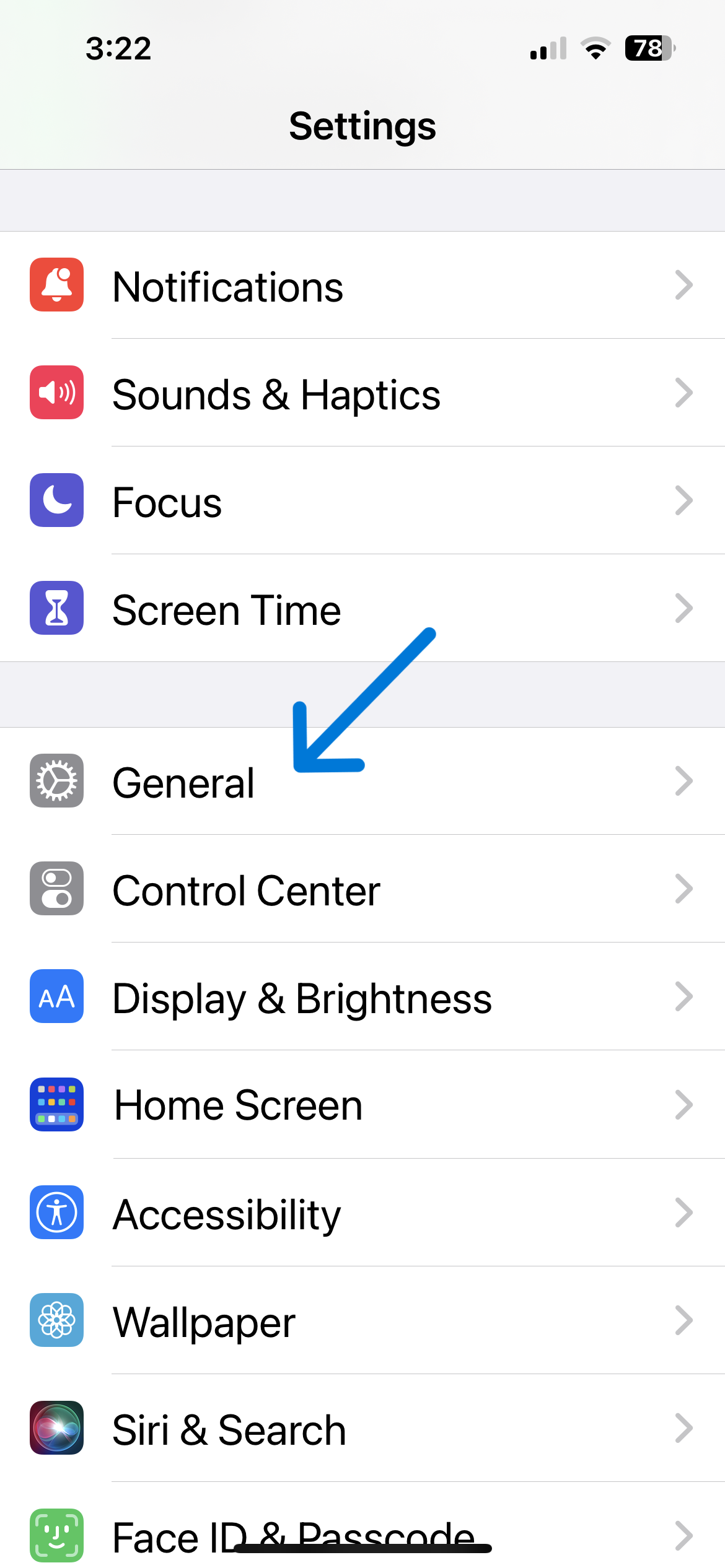
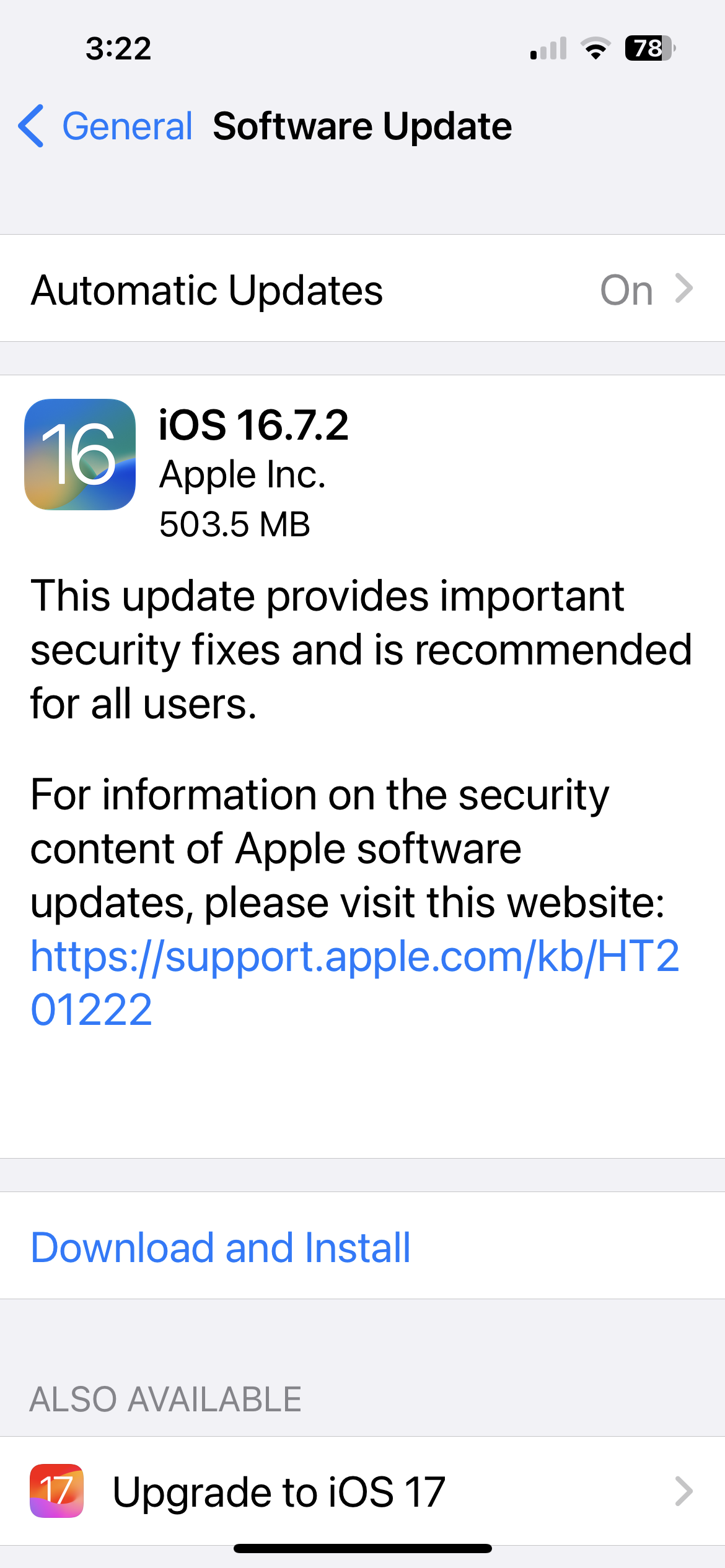
If your operating system is not up to date, Bluetooth may not work properly on your iPhone or IPad. Follow these steps to ensure that you have upgraded to the latest iOS version.
- From the Settings app, select General.
- Then tap Software Update. Note: If there is a red circle, an update is waiting.
- Finally, tap on Download and install the most recent iOS.
8. Restart Your iPhone
Sometimes you can fix Bluetooth problems by simply restarting your iPhone. Try powering your device down, waiting about 10 seconds, and powering it back up. Then try connecting to Bluetooth again.
Reset Network Settings
Another option is to reset network settings on your iPhone or iPad. When you reset network settings, your device will forget the other Bluetooth devices it was previously connected to. Here’s how:
- Toggle to Settings > General.
- Scroll to the bottom of the page and select Reset.
- Select Reset Network Settings.
- Enter your passcode to confirm that you want to perform the reset.
Related: How To Factory Reset Your iPhone and Clear All The Data
9. Contact Apple Support
If you’ve tried all of the above tips, and still can’t get Bluetooth to connect, it may be time to contact Apple Support. If your device is still under its one-year warranty or if you purchased Apple Care+, it should cost little to nothing to repair. Try using the Apple Support App to contact tech support.
10. Get a Hardware Repair
The final resort is to contact Apple directly and get a hardware repair. If your iPhone or iPad is still under warranty, Apple should replace or fix your device free of charge. You can easily contact Apple’s technical advisors by visiting https://getsupport.apple.com/ .
Hopefully, you won’t encounter any Bluetooth pairing problems on your Apple devices, but if you do, these troubleshooting tips should give you a leg up in fixing the issue.
FAQs
- If my iPhone’s Bluetooth isn’t working how can I fix it? There are many ways to fix your iPhone’s Bluetooth in the instance that it’s not working or won’t connect to an accessory. In this blog, we’ve highlighted 10 ways to troubleshoot this issue, from using a manual connection, to performing an iOS update, contacting Apple Support, and more.
- How do you reboot Bluetooth on an iPhone? Sometimes, a reboot is all you need to fix Bluetooth issues. Simply tap Settings on your iPhone or iPad, tap Bluetooth, toggle Bluetooth to On, and then toggle it Off and then back On to restart Bluetooth.
- Why is my Bluetooth not picking up my devices? Make sure that you are in close proximity to the Bluetooth device you want to pair with, as the range of a Bluetooth connection is approximately 30 feet. Also, be sure to move your Bluetooth device away from materials that could act as barriers such as metal, concrete, and brick.


